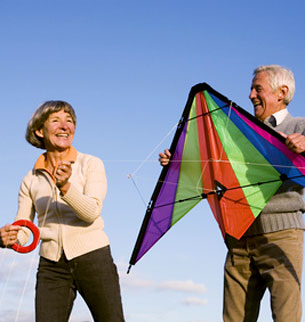“What to Do Now to Feel Better at 100”
written by Jane E. Brody for the New York Times | Published on October 25, 2010
Many changes take place in physical abilities as we age. Try as I may, I simply can’t swim as fast at 69 as I did at 39, 49 or even 59. Nor am I as steady on my feet. I can only assume my strength has waned as well — I’m finding bottles and jars harder to open and heavy packages harder to lift and carry.
But in August, I hiked in the Grand Canyon, prompting my 10-year-old grandson Stefan to ask, “Grandma, how many 69-year-olds do you think could do this?”
The answer, of course, is “a lot.” And the reason is that we work at it. For my part, I exercise daily, walking three miles or biking 10, then swimming three-quarters of a mile. In spring and summer, heavy-duty gardening strengthens my entire body.
But now that my physically stronger spouse is gone, I see that I need to make some improvements. With no one handy to open those jars or lift those heavy objects, I’ve begun strength training so I can remain as independent as possible as long as possible.
In a newly published book, “Treat Me, Not My Age”(Viking), Dr. Mark Lachs, director of geriatrics at the NewYork-Presbyterian Healthcare System, discusses two major influences (among others) on how well older people are able to function.
Delaying Bodily Decline
The first, called physiologic reserve, refers to excess capacity in organs and biological systems; we’re given this reserve at birth, and it tends to decrease over time.
